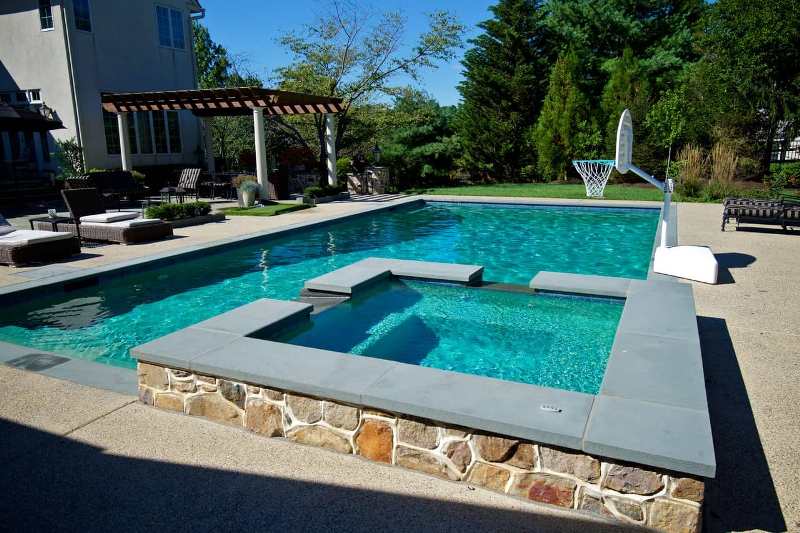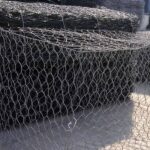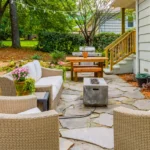As reported by different pool remodeling companies, a home pool is a great way to have fun, burn stress, and get some exercise too. Many people opt for an above-ground pool, but if you want to add value and beauty to your home, you might want to spring for an in-ground model.
When you do opt for an in-ground pool, one aspect you must consider is what type of coping you want to use. In this article, we will take a look at what pool coping is, and what options you have when putting in a pool.
Pool Coping Defined

Basically, pool coping is the material around the pool that bridges the gap between the pool liner or edge and your decking. Every in-ground pool needs coping, and the material you choose will depend on a variety of factors, including price, material, and color.
Options

While pool coping is necessary when you install an in-ground pool, you have a wide array of materials and styles from which to choose.
The first material we’ll look at is concrete because it’s the most widely used. Concrete coping is an excellent material because it can be blended almost seamlessly into the deck for a svelte, modern look. Concrete is also an excellent choice because it has no sharp edges and is smooth, which is essential if you have kids.
While concrete is popular and inexpensive, it fades as it ages, but you can guard against that somewhat with sealant.
The next material is stone. Stone is beautiful because it makes for a striking look as there is a large variety of colors and textures to choose from. Most people opt for granite, limestone, and slate, but really, there’s no limit to what you can use. Stone is preferred not only for the look but also for its durability. However, with that durability comes cost; natural stone is much more expensive than concrete so keep that in mind.

Up next is brick. Brick pool coping, like stone, comes in a wide array of colors and styles and also makes for a striking décor. And, like stone, brick is durable and won’t fade the way concrete does. The disadvantages to brick, however, are that brick surfaces are rough, which can hurt young toes. Also, brick absorbs heat, making it unpleasant to walk on during the hot summer days.
Lastly, we look at aluminum. Aluminum is the least expensive material you can choose, which is its most significant advantage. Another advantage is that you can paint it and re-paint it to give it a whole new look. The main disadvantage, however, is that it’s bland and lacks the style offered by the other materials.
While there are many materials to choose from when deciding on pool coping, you can be sure that with proper maintenance and care such as cleaning and repairing any cracks before they grow, your pool will look great and offer fun for many years to come. It’s always a good idea to get a pool replaster every few years as well.






